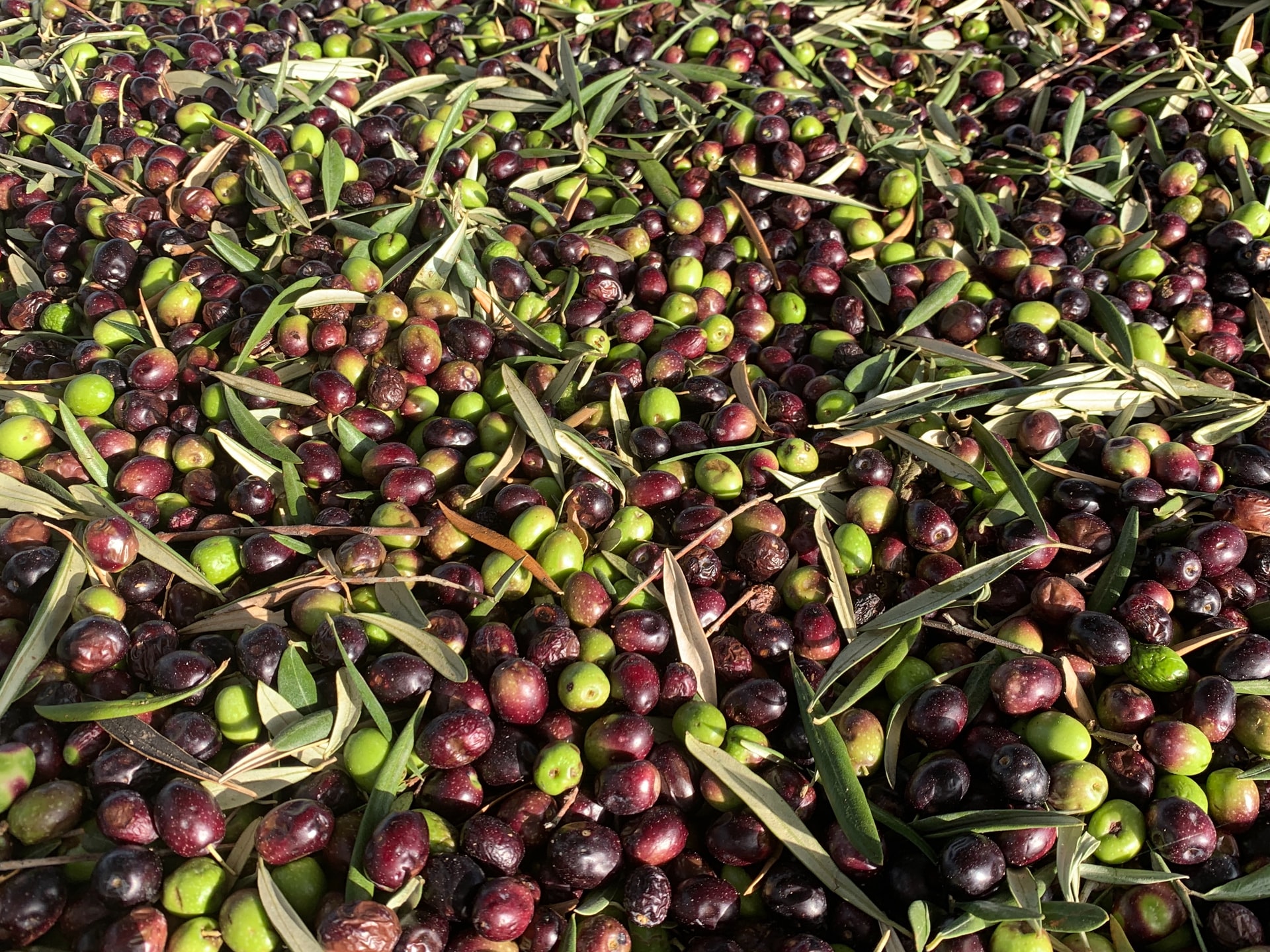Are olives a vegetable? This is the most common question when faced with produce like olives, potatoes, and zucchini. Is an olive fruit or vegetable? Are olives vegetables? Kids are confused because of the appearance of olives and how they taste like. It’s easy to be confused because we are used with sour, tart, or sweet fruits. We’re going tackle the specifics of olives and more in today’s Super Olive Blog, to finally answer the question: is an olive a vegetable?
Do Olives Count as A Vegetable? Is an Olive a Fruit or Vegetable?
Despite the appearance, texture, and flavor of olives, they are considered fruits and not vegetables. So why is it that olives are considered vegetables by so many people? The answer lies in how olives are prepared.
Olives are not sweet or tart like other fruits, so they are prepared to become vegetables in different recipes. This Mediterranean favorite is used to add saltiness and flavor to pizzas and other great recipes. However, this doesn’t change the fact that, botanically, olives are the olive tree’s fruits. Olives have a stone or pit, which proves that they are fruits because only fruits possess plants’ seeds or reproductive components.
You might be wondering why there is just one seed per fruit, compared to fruits like tomatoes or maybe oranges. The answer can be found in what type of fruit the olive is. Olives are called drupe fruits. Examples of drupe fruits are mangoes, plums, peaches, nectarines, apricots, nectarines, and cherries. There are so many drupe examples – one simply has to look around in the supermarket for other drupe fruits.
Think of all the ‘strange’ fruits with a sizeable stone-like seed, and you are probably looking at drupe fruits. Also, botany doesn’t categorize plant species based on how the fruits taste like. Botany classifies based on the parts of the plants involved. Fruits serve as plants’ reproductive parts, whether the plant is a vine, shrub, or tree. In olives, the olive tree relies on the drupe fruits to spread the genes and ensure the species’ survival.
Fruits are characterized as the ovary of a plant that often has a fleshy part that protects and encloses the seed. The fleshy part does not harm the seed even when it decomposes, as rotting fruit cases are on the ground. What is essential is that the seed can find its way to the ground and grow, as it should.
What Food Group Are Olives? Are Olives a Fruit or a Vegetable?
Olives are classified as fruits, but they are generally grouped with vegetables because, from a culinary perspective, they contribute to recipes like other vegetables and not fruits. Olives are also considered high-fat food because of the natural fat content (monounsaturated fat and a small amount of saturated fat). From a sugar perspective, olives are considered low sugar or low glycemic food and are recommended for people who need to reduce their blood glucose levels or carbohydrate intake. The classification of olives in cooking is from a culinary perspective that considers this fruit’s zesty attributes. Because olives are brined and processed to improve its taste and palatability, it becomes a natural accompaniment to pizzas and other dishes.
What is impressive with the olive fruit is they are not too palatable straight from the tree. September is the harvest season for olives. Olives begin as green drupes that eventually become purple in some cases. Some olives mature and never change their color. There are no differences in the nutritional attributes of black olives and green olives, either. The curing process is done on the fruit to ensure that the bitterness is controlled, and olives can be consumed like any other fruit. Ninety percent of all harvested olives are also made into EVOO and regular olive oil through cold-pressing. The harvesting methods vary depending on the final product desired. Some olives are harvested and packed in their unripe state. Other olives are allowed to fully mature on the tree before they are harvested entirely. Some olives start green and eventually become black. Sometimes, the mature color is purple. In some cases, some olives start as unripe black droops and mature in the same color.
In places like the United States, olives are picked unripe and are then treated or processed with lye to reduce the bitterness. The olives are then exposed to air to trigger natural processes in the fruit that eventually turn the green and unripe drupes into ripe, black ones. The processing method chosen will impact the color, taste, and state of ripeness of the drupe.
Are Olives a Healthy Snack?
Olives are a naturally healthy snack. The disadvantage is the sodium content, so if you are a salt-sensitive individual, it may not be the most ideal. Fresh and sliced olives are brined before packing to improve their flavor and to ensure long shelf life. Other than the sodium content, olives are fantastic because of the amount of monounsaturated fat. Monounsaturated fats are good fats. This fat benefits the cardiovascular system, and they don’t contribute to the increase of LDL or bad cholesterol.
If you want to switch to eating fresh olives to improve your diet, we suggest limiting your consumption to sixteen to twenty-four pieces of olives a day. Feel free to cook with olives as well.
What Are the Side Effects of Eating Olives?
The possible side effects of olives would be connected to its high sodium content. Again, if you are sensitive to salt, be wary of overeating olives as they are brined before being packed to be sold off in groceries. Other than the issue with salt, olives, in general, have excellent nutrition qualities, and they’re good for you.

